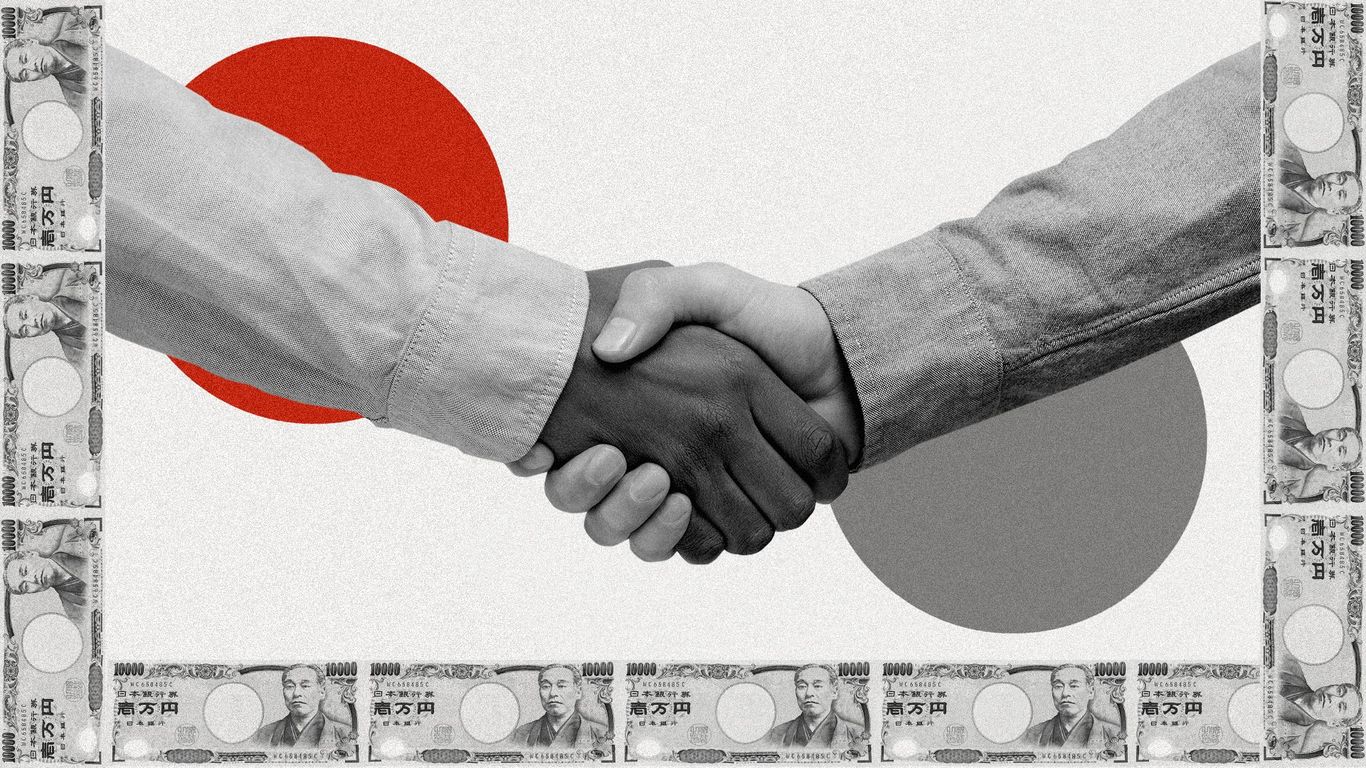
"A reported $550 billion investment commitment from Japan would reflect a massive surge in the nation's financial exposure to the United States. But no one has articulated key details about how it would really work."
"President Trump would have the discretion to direct the investment funds, and the U.S. would receive 90% of the profits, raising questions about the implications for Japanese companies."
"Japan is already the single-largest source of foreign direct investment in the United States, with a cumulative capital of $754 billion deployed as of last year."
"The contemplated investment fund is more than 10 times the size of recent increases in Japanese FDI, which surged by about $54 billion in 2024."
The $550 billion investment commitment from Japan signifies a significant increase in financial exposure to the U.S., but lacks clarity on implementation. President Trump would direct these funds, with the U.S. retaining 90% of the profits, leaving Japanese companies uncertain about their returns and control. Japan is the largest foreign direct investment source in the U.S., with investments nearly doubling in the last decade. However, the proposed fund is ten times the size of typical recent increases in Japanese FDI, raising questions about its feasibility and impact.
Read at Axios
Unable to calculate read time
Collection
[
|
...
]